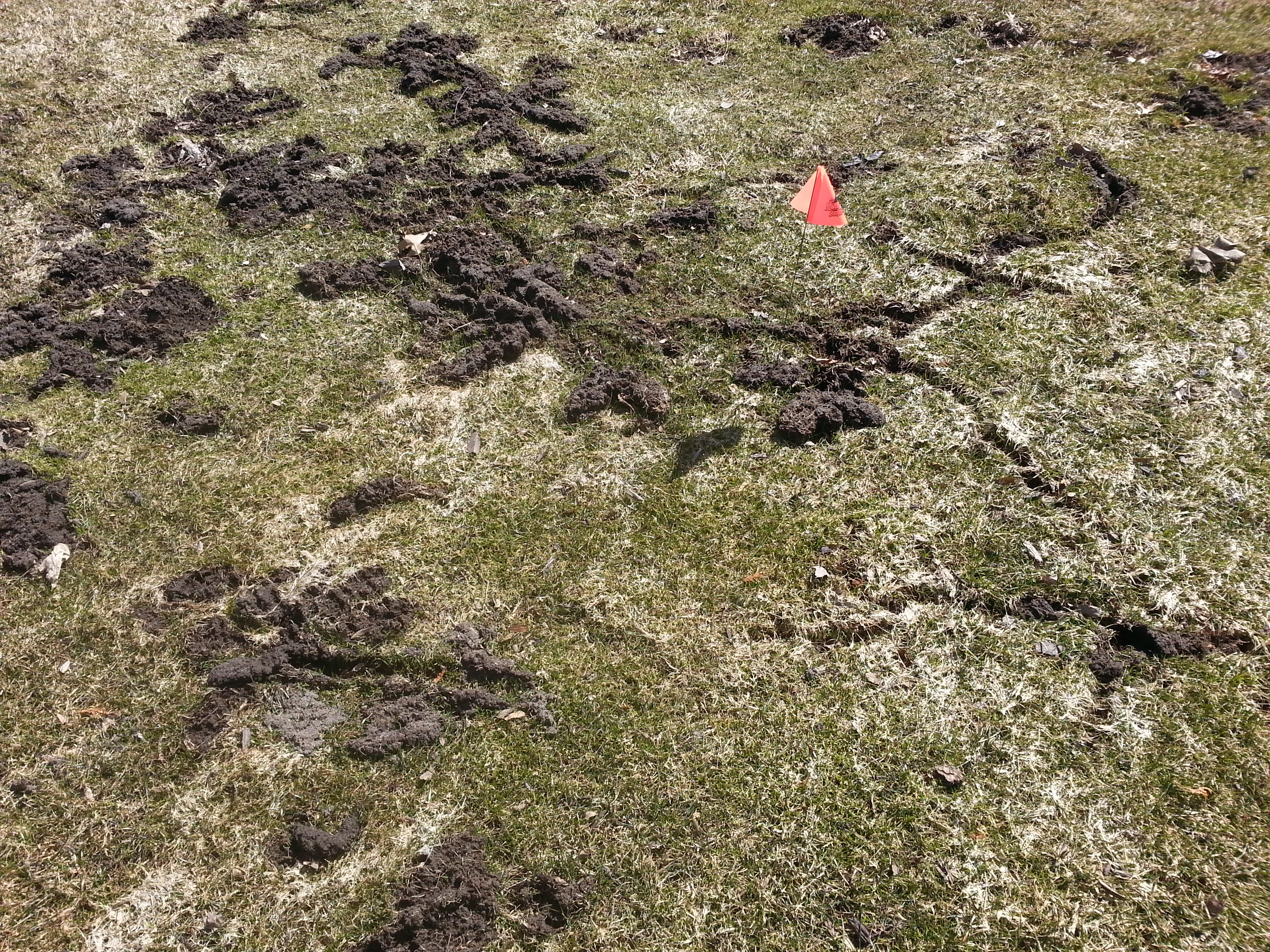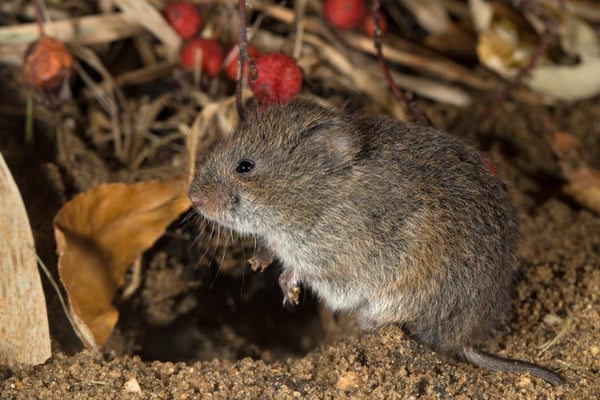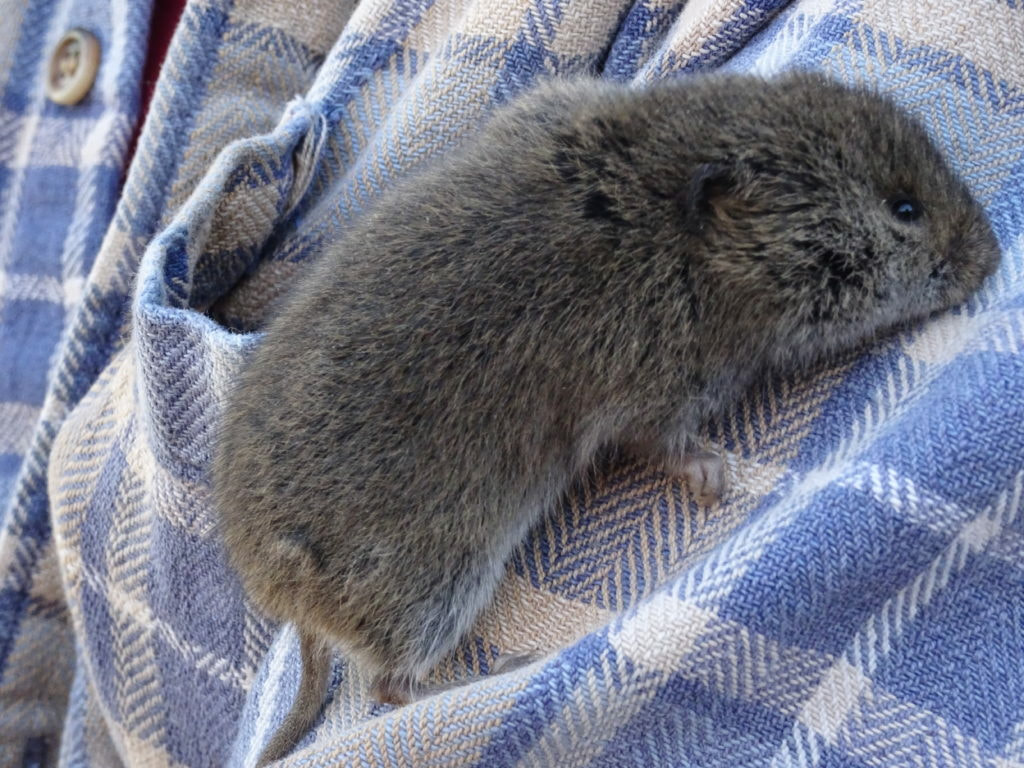Fight Vole Problem: Specialist Strategies for Vole Control
Fight Vole Problem: Specialist Strategies for Vole Control
Blog Article
The Ultimate Manual for Vole Insect Control: Professional Tips on Problem Management and Therapy
Within the realm of insect control, vole invasions provide an one-of-a-kind obstacle that demands a critical technique. These small rats, frequently puzzled with mice, can ruin yards, lawns, and also architectural integrity. The Ultimate Manual for Vole Parasite Control provides a detailed overview on identifying these elusive creatures, carrying out prevention strategies, and utilizing reliable capturing approaches. vole control utah. As we explore the detailed world of taking care of vole infestations, a wide range of expert pointers and therapy alternatives waits for those seeking to recover their areas from these consistent insects.
Identifying Vole Infestations
When examining for vole infestations, eager observation of certain indicators such as paths and delve systems is important for exact recognition. Additionally, vole burrow systems are one more vital indicator of infestation.

Prevention Approaches for Voles
Efficient prevention approaches for vole infestations entail carrying out positive steps to hinder these little rats from creating damages to outside spaces. Furthermore, routinely mowing the lawn and maintaining lawn trimmed short can discourage voles from developing nests.

Additionally, preserving a well-kept yard with appropriate spacing between plants can assist lower vole-friendly habitats. Prevent overwatering your yard or garden beds, as voles are attracted to wet environments. By applying these avoidance strategies, you can successfully hinder voles and protect your outdoor areas from invasions.
Reliable Entraping Techniques
Applying critical capturing techniques is essential in efficiently handling vole populations and minimizing damage to outdoor spaces. These catches should be inspected frequently and reset as needed to ensure continual vole control. By using a mix of snap traps and live traps strategically, homeowners can effectively reduce vole populations Resources and safeguard their outdoor rooms from more damages.
Natural and Chemical Therapy Options
To properly take care of vole populations and alleviate damages in outdoor atmospheres, discovering all-natural and chemical therapy choices is essential. All-natural treatments use environmentally pleasant services that can aid regulate vole infestations without causing damage to other wild animals or plants.
On the other hand, chemical treatments can offer efficient control in situations of serious invasions. Rodenticides having zinc phosphide or anticoagulants like bromadiolone can be strategically placed in vole runways or burrow entryways. It is essential to deal with these chemicals with care to prevent unintentional injury to non-target types. Prior to carrying out any chemical treatment, it is a good idea to talk to a parasite control specialist to make sure ideal and risk-free application techniques. By combining natural and chemical therapy alternatives deliberately, vole infestations can be handled efficiently while minimizing ecological influence.
Preserving a Vole-Free Setting

Applying natural vole repellents like castor oil-based products or killer pee can additionally assist in deterring voles from invading your building. These repellents work by developing an undesirable environment for voles, motivating them important link to seek sanctuary in other places. By including these precautionary steps and preserving a cautious strategy to vole control, you can create a vole-free setting that inhibits infestations and advertises lasting insect monitoring success.
Verdict
In verdict, effective vole parasite control calls for a mix of identifying infestations, implementing prevention methods, utilizing efficient capturing strategies, and considering all-natural or chemical treatment alternatives. By preserving a vole-free atmosphere through these techniques, house owners can successfully decrease and take care of vole populaces on their residential or commercial property - vole control utah. It is necessary to constantly check for indicators of infestation and take aggressive procedures to avoid future vole issues
By accurately webpage determining vole invasions early on, proper bug control procedures can be applied promptly to mitigate potential damage to yards, crops, and grass.
Having established approaches to deal with vole infestations through all-natural and chemical therapies, the emphasis now changes to maintaining a vole-free environment for long-term parasite control.Applying all-natural vole repellents like castor oil-based items or predator urine can likewise help in discouraging voles from invading your property. By integrating these preventive measures and maintaining a vigilant strategy to vole control, you can develop a vole-free atmosphere that dissuades infestations and promotes lasting bug management success.
In conclusion, effective vole bug control requires a mix of determining infestations, applying avoidance strategies, making use of efficient trapping strategies, and thinking about chemical or all-natural treatment alternatives.
Report this page